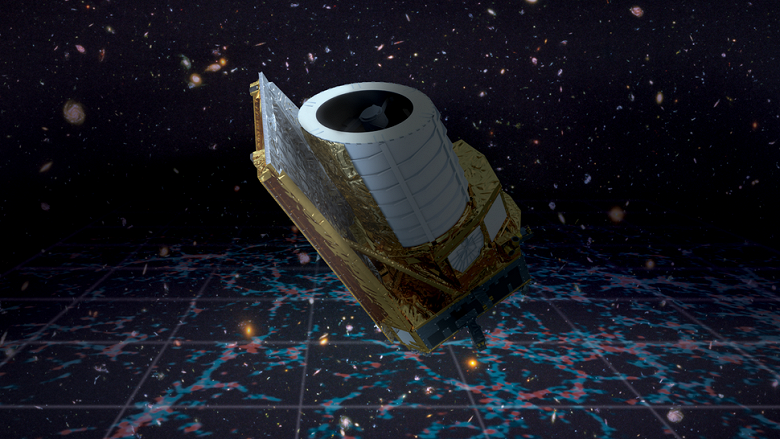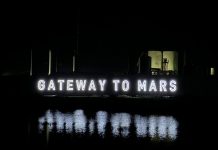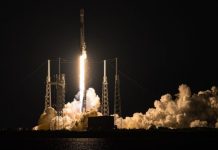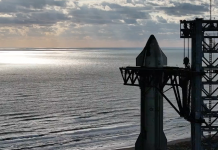Euclid Space Telescope continues to be plagued by technical problems
Euclid’s problems began when its guidance system failed to observe dim stars. The Euclid Fine (FGS) is a device that helps orient the telescope. Under normal conditions, FGS records known stars to determine where the telescope is pointing. Engineers extensively tested the FGS before launch, but real-world space conditions are difficult to simulate—ground tests don’t always account for factors such as cosmic rays that interfere with the device’s performance.

To resolve a fault in the system, the Euclid mission was extended to develop a software update to correct the problem, and ESA is optimistic about the outcome of the problem.
However, this is not all the problems that Euclid has encountered. One of the instruments caught strange streaks of light from time to time. The ESA command center soon determined that the Sun was to blame.
Euclid Space Telescope continues to be plagued by technical problems
Euclid is located at the L2 Lagrange point, sharing this space with NASA’s James Webb Telescope. Here, “behind the Earth,” the Sun is behind the telescope, and the telescope is in the shadow of the Earth. To provide protection from excess radiation, the telescope has a sun shield.
But the sunscreen doesn’t shade everything it should. Euclid reflects a small amount of light that appears to evade the sunscreen. Euclid’s visible light instrument (VIS) is sensitive enough to detect even reflected light when the instrument is turned at certain angles. In total, stray light appears in approximately 10% of VIS images.
How much this will impact the success of the Euclid mission remains an open question.
The European Space Agency (ESA) launched the Euclid Space Telescope from Cape Canaveral on July 1. By all accounts, the start went smoothly.




